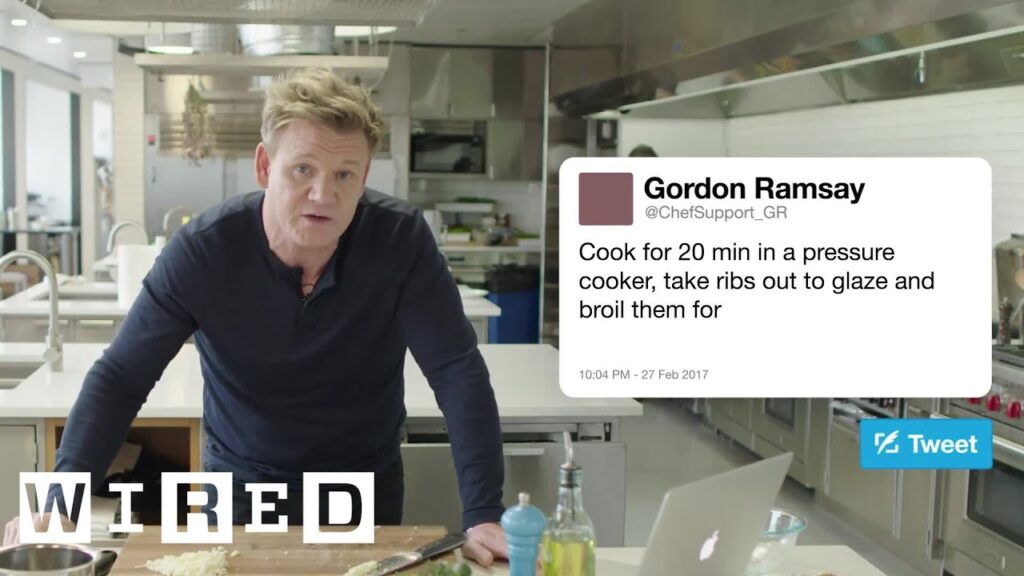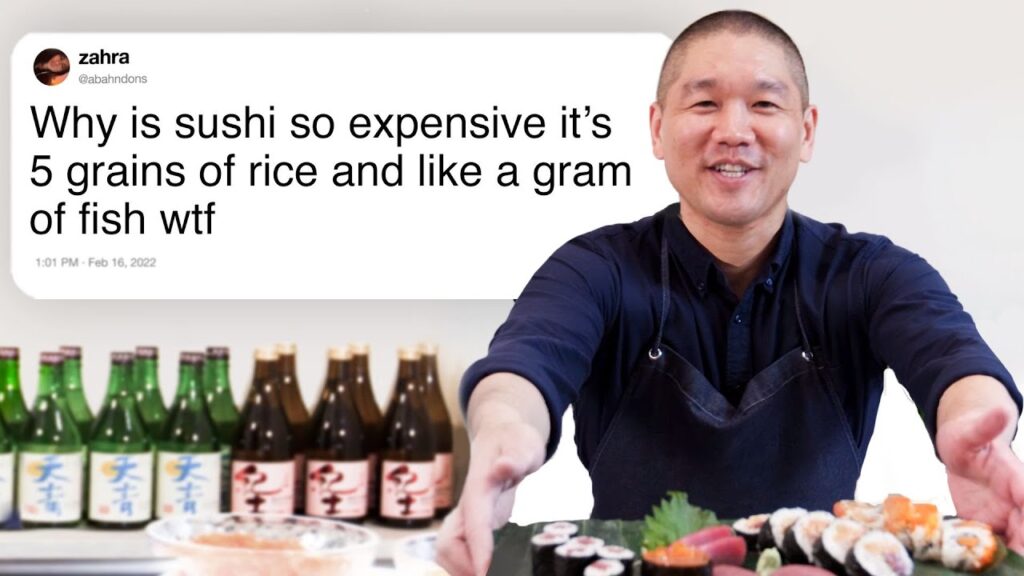Woodworking Q&A with Nick Offerman: Tips, Recommendations and Expertise
Summary
In this Q&A session, Nick Offerman, a professional woodworker, provides insight into the world of woodworking. He answers questions such as the necessity of woodworking aprons, recommendations for books on woodworking, angle measurements for miter joints, and drying oak slabs. He also explores the importance of protective garments and the character of different types of joints, finishes, and woods.
Table of Contents
- The Importance of Woodworking Aprons
- Staining a Red Oak: Is a Pre-Stained Conditioner Necessary?
- Book Recommendations for Woodworking
- Sanding After the Final Coat of Polish
- The Favorite Shape of Dovetails
- Maintaining the Look and Feel of Antique Tables
- Cutting Angle for Miter Joints
- The Adorable Woodworking Assistant
- The Funky Form and Function of Joinery
- How to Dry a Fresh Oak Slab
Introduction
Are you a beginner at woodworking or a seasoned craftsman looking to learn more? If so, this Q&A session with Nick Offerman, a professional woodworker, will be insightful. Nick has been in the woodworking industry for many years and has a wealth of knowledge and experience in the field. Join us as we explore the world of woodworking.
The Importance of Woodworking Aprons
Question: Are woodworking aprons really necessary?
Answer: Absolutely. Any protective garment is necessary. It depends on what you’re doing, but we wear aprons because they protect our civilian clothing from finishing products and dust in general. And they have handy pockets in which you can store things like pencil, ruler, and your one-hitter.
Staining a Red Oak: Is a Pre-Stained Conditioner Necessary?
Question: If I’m staining a big piece of red oak, do I need to use a pre-stained conditioner or will oak take the stain well as it is?
Answer: Don’t ever stain a red oak. If you’re going to stain it, get something cheaper than red oak. Use poplar. I hate stains.
Book Recommendations for Woodworking
Question: What books would you recommend for someone who wants to learn about woodworking?
Answer: There’s a lot of really good books. There’s one that I happen to write called Good Clean Fun, that’s great for beginners. Woodworking, in general, has a lot of different specializations, but the ones that I would generally recommend would be anything by George Nakashim and a fellow named Tage Frid.
Sanding After the Final Coat of Polish
Question: Good si, wrapping up my first wood project to house guitar amp. Added the second and final coat of polish. Do I sand again after drying?
Answer: It depends on how good of a brush worker you are. If you get a perfectly smooth finish, then you don’t need to sand it again. Personally, I don’t like the glossy shine that comes from most finishes. So after the final coat, I will at least scuff it with a 4-0 steel wool or a super fine steel wool, just to knock down the shine. But it all depends on how nice your finish is.
The Favorite Shape of Dovetails
Question: What’s your favorite shape of dovetail?
Answer: That’s an ignorant question because there’s only one shape of dovetail. It is the dovetail shape. But if you’re asking maybe what’s my favorite size of dovetail, I do like tiny pins in a dovetail layout. I think that’s handsome and it belies a mastery of the form.
Maintaining the Look and Feel of Antique Tables
Question: Need advice on oil/varnish that helps maintain the look and feel of an antique table over a hundred years old, but isn’t prone to watermarking.
Answer: There’s a great set of books by a fellow named Bob Flexner on finishing that would be a much better resource than me. I dislike any finish, but some sort of oil varnish mix that’s applied by hand. I would basically just up your varnish in your proportion so that it has a higher protection. But if you can create a sample board and experiment with different mixes and then hold them up to the existing finish to see which one looks the most right. And use coasters.
Cutting Angle for Miter Joints
Question: Noob question, what angle should I cut a miter joint at?
Answer: I would first address your grammar. Next time try “at what angle should I cut a miter joint?” Traditionally, you’re going for a 90-degree corner. So you always bisect your angle. So that would be a 45-degree angle. All your corners should add up to 360 degrees. So if you’re making a picture frame, that’s four times 90 degrees. That’s 360. If you’re making a hexagon, that means six corners. That means 60 degrees per corner. Bisected would be 30 degrees. But generally, a miter joint refers to 45 degrees.
The Adorable Woodworking Assistant
Question: True or false, most adorable woodworking assistant ever?
Answer: Looks like a clean diaper. She’s proffering a two by two of some softwood, I’m guessing pine, which loses a couple of adorability points. But pretty cute. And one might ask, is that apron necessary? I’ll give her a seven. Pretty cute. Also, I can’t really approve of her footwear.
The Funky Form and Function of Joinery
Question: Master crafter of wood, period. What kind of joint is this? It blows my mind. Funky form and function in an antique.
Answer: I’ve seen this joinery in some antique drawers, and it’s very cool-looking and probably pretty effective. But I don’t think it’s that impressive because it’s pretty clearly made by a machine. You can imagine a sequence of Forstner bits that have a hole in the middle to create this. I’m dubious that it’s done by hand. And so dovetails are actually much more impressive than this. But it is very handsome.
How to Dry a Fresh Oak Slab
Question: What’s the best way to dry a fresh oak slab with a minimum warping? I seem to have no success and cups a lot.
Answer: Drying wood is always a conundrum. It depends on the climate where you are. I do my best to seal the end grain to slow down the evaporation of the water through the ends of the end grain. You use a lot of spacers and weigh that’s all I know how to do. If it’s still cupping, maybe create a kiln of your own or find a friend with a kiln in the neighborhood and try to speed up the drying time a little bit. That usually can help it cure before the cupping can kick in. Otherwise, you can cut them a little bit further, and then plane them down to level once they’ve cupped a bit. But that potato chip effect is definitely a tough row to hoe. Good luck.
Conclusion
In conclusion, Nick Offerman has provided some expert tips, recommendations, and insights into woodworking in this Q&A session. The importance of protective clothing, the use of poplar instead of red oak, and the measurement for miter joints are just a few of the many topics discussed. Overall, Nick’s extensive experience and knowledge of the woodworking industry make this session an invaluable resource for anyone interested in the craft. Remember Nick’s final advice, “Measure twice, cut once.”







